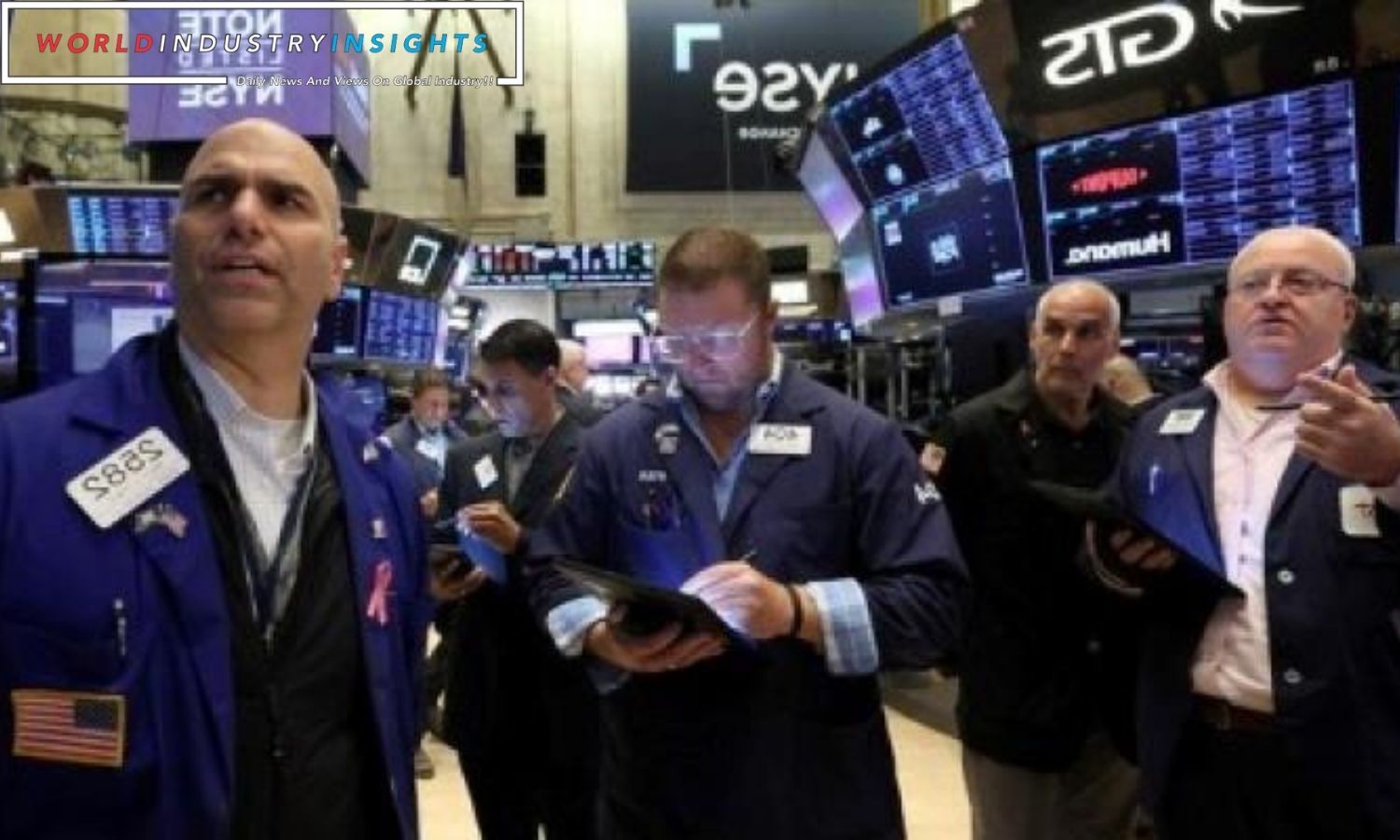US Yields Skyrocket: The most interesting financial event this week was U.S. yields’ startling 16-year peak, which attracted everyone’s attention. The news enthralled the market. Everyone’s emphasis is on the upcoming Jackson Hole Symposium. This meeting should illuminate the Federal Reserve’s future plans.
The rising yields sound seems to have quieted today. This allows Nvidia (NVDA.O) to release its long-awaited results. This artificial intelligence giant is preparing to release its financial results and forecasts after the day’s session.
Traders are clearly stressed as they brace for an unstable roller coaster. The estimates say Nvidia’s stock price might change 11% this week. Remember that Nvidia’s stock has tripled this year to record highs. This shouldn’t be overlooked.
After reaching an all-time high of 4.366%, the 10-year Treasury note yield is steadily falling below 4.3%. Before this decline, the yield reached a record 4.366%. This brings up the complicated network of relationships again. This is a modest break from bond selling, which has risen 57 basis points in one month. This is a minor respite from the regular bond selling until now.
What’s causing this yield increase? The market anticipates high Federal rates to stay high for a long time because to a healthy economy, an increase in Treasury issuance, and a reduction in the national credit rating. These factors work together to cause this. To make matters worse, China has been exporting more dollars to support its falling yuan.
The People’s Bank of China returned to this strategy on Wednesday, indicating progress. The official yuan median was substantially higher than predicted. This happens three days in a row.
Read More: USMCA Labor Rules Challenge: U.S. and Mexico Lock Horns Over Grupo Mexico’s Worker Dispute
An unusual spread effect is occurring. U.S. Treasury bill yields may have fallen as much as Japanese ones. Developed markets are increasingly linking interest rates to Japanese government bond prices. The Bank of Japan stunned the financial world by raising the 10-year JGB rate ceiling to a bold 1% at the end of July. This change occurred after the Bank of Japan implemented that alteration.
Finding a new principle yield balancing point is necessary for the JGB market to function properly. The central bank did little to block today’s climb to 0.675%, the highest in 9 and a half years. The price rose more today than in 9 1/2 years.
There are evidence that the US economy is improving. Richmond Federal Reserve President Thomas Barkin painted a rosy picture, suggesting a speedup.
The market whispered at the start of this week that Federal Reserve Chair Jerome Powell’s Jackson Hole summit address could be less forceful than usual. Speech is scheduled for Thursday. This may simplify bond sales for buyers.
Today’s offering of 20-year Treasury notes will demonstrate the market’s appetite for premium prizes.
The August preliminary PMI statistics will also provide a lot of information to the financial industry. These reads cover manufacturing and services. These data will be released for the US, Britain, Germany, France, and the Eurozone.
Flash manufacturing and services PMIs for August in France, Germany, the Eurozone, the UK, and the US. – First look at August Eurozone sentiment. – New US home sales per month. – A selling of US 20-year Treasury notes. The most important market events on Wednesday are these.
Our Reader’s Queries
Why are U.S. Treasury yields rising?
When fixed-income products lose their appeal, Treasury yields tend to increase. To counteract inflationary pressure, central banks will eventually raise their interest rates.
Why bond yields are rising in US?
The surge in bond yields can be attributed to the government’s increased borrowing. According to Vinod Nair, Head of Research at Geojit Financial Services, concerns over prolonged high interest rates have further fueled the upward trend of the US 10-year yield.
What happens when US 10 year yield goes up?
The stock market can be affected by the 10-year Treasury yield, as changes in yield can cause fluctuations. An increase in yield may indicate that investors are seeking higher returns, but it can also cause concern among investors who worry that the higher rates could divert funds from the stock market.
Will bond yields go down in 2024?
Bond investors can rejoice as the current conditions are almost perfect for them. The yield of a bond is the primary contributor to its return over time, and with falling yields expected in the latter half of 2024, bond prices are set to soar. To take advantage of this environment, investors should consider extending the duration of their bonds to gain exposure to rates.


